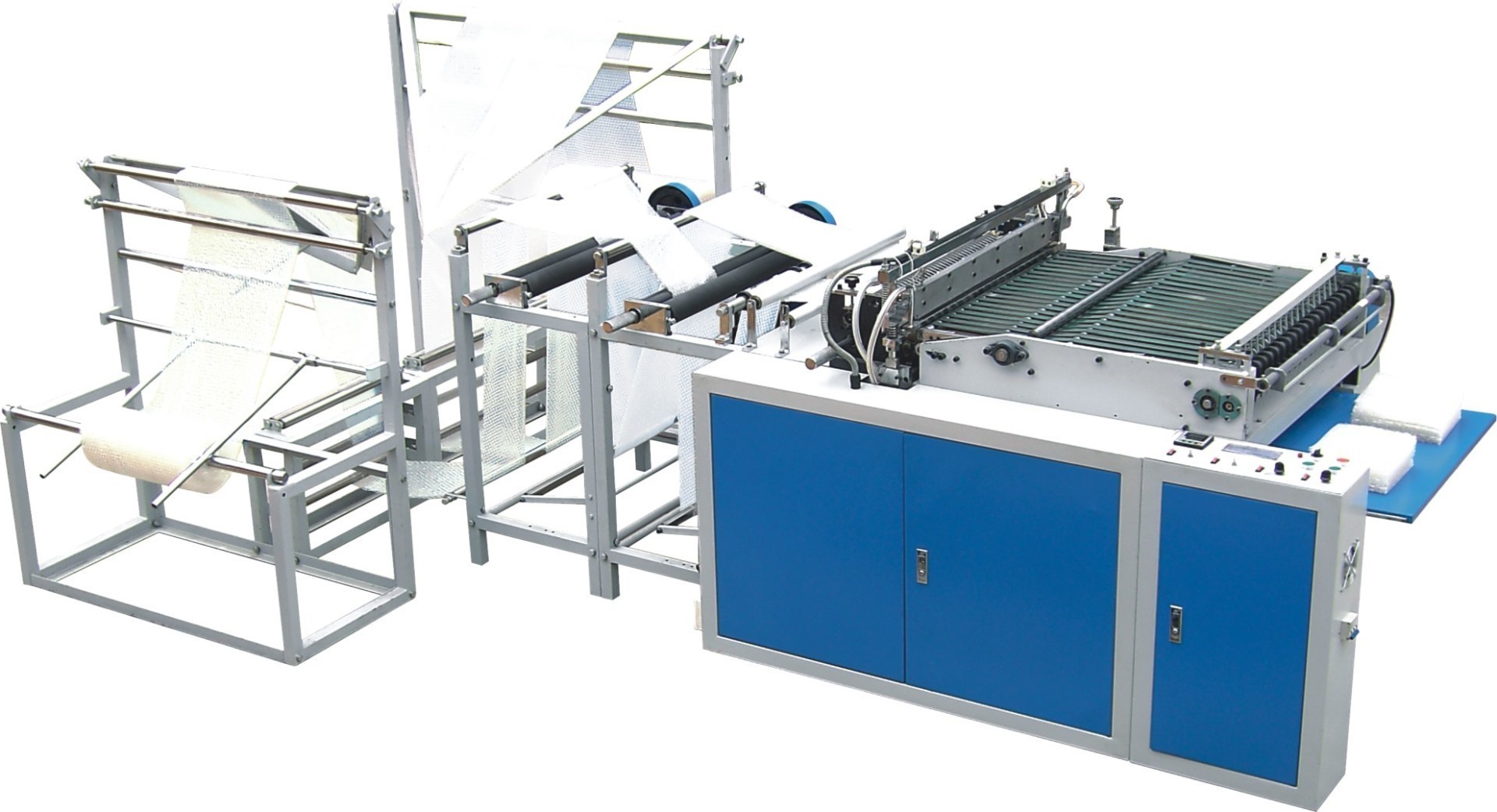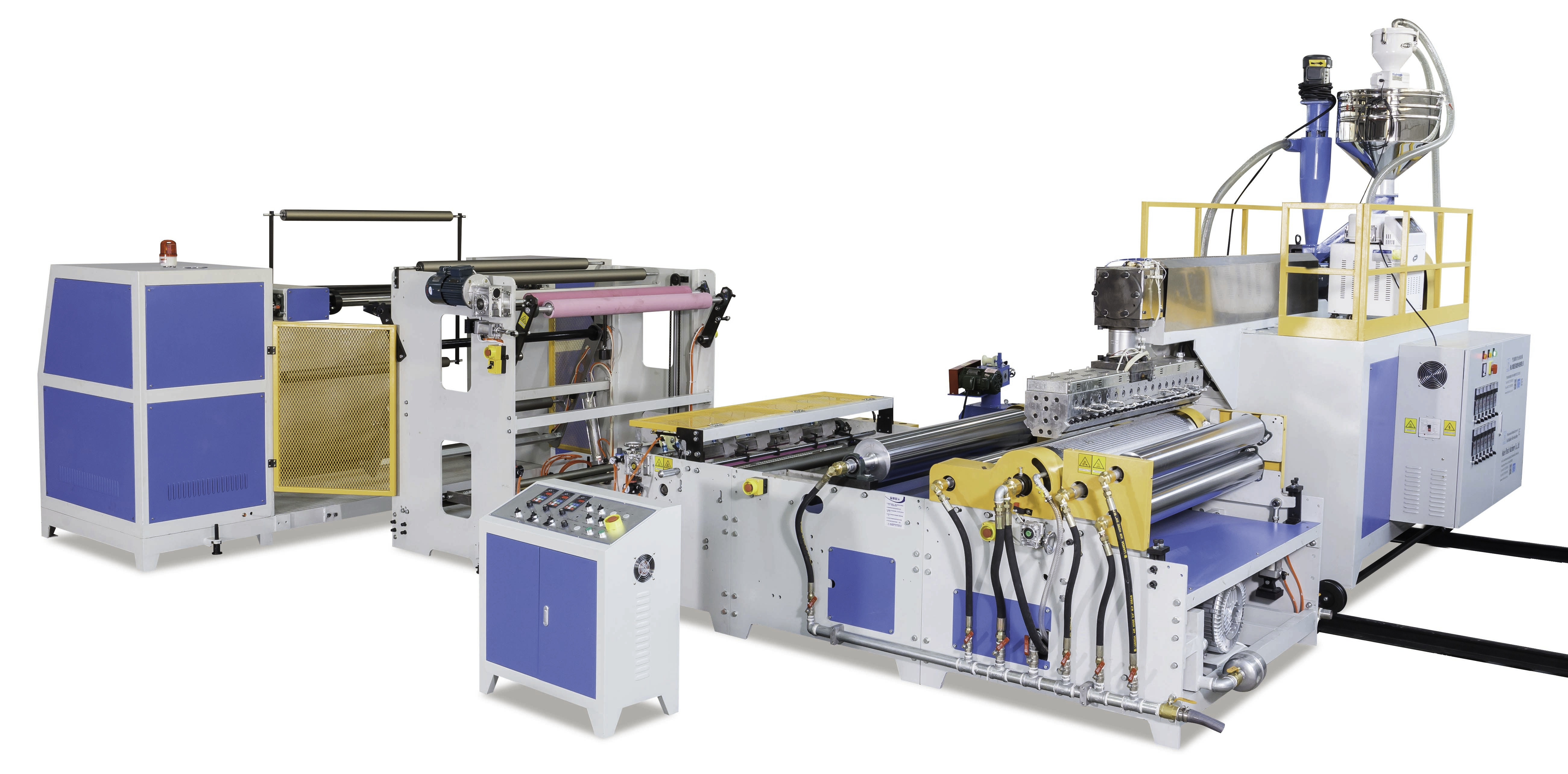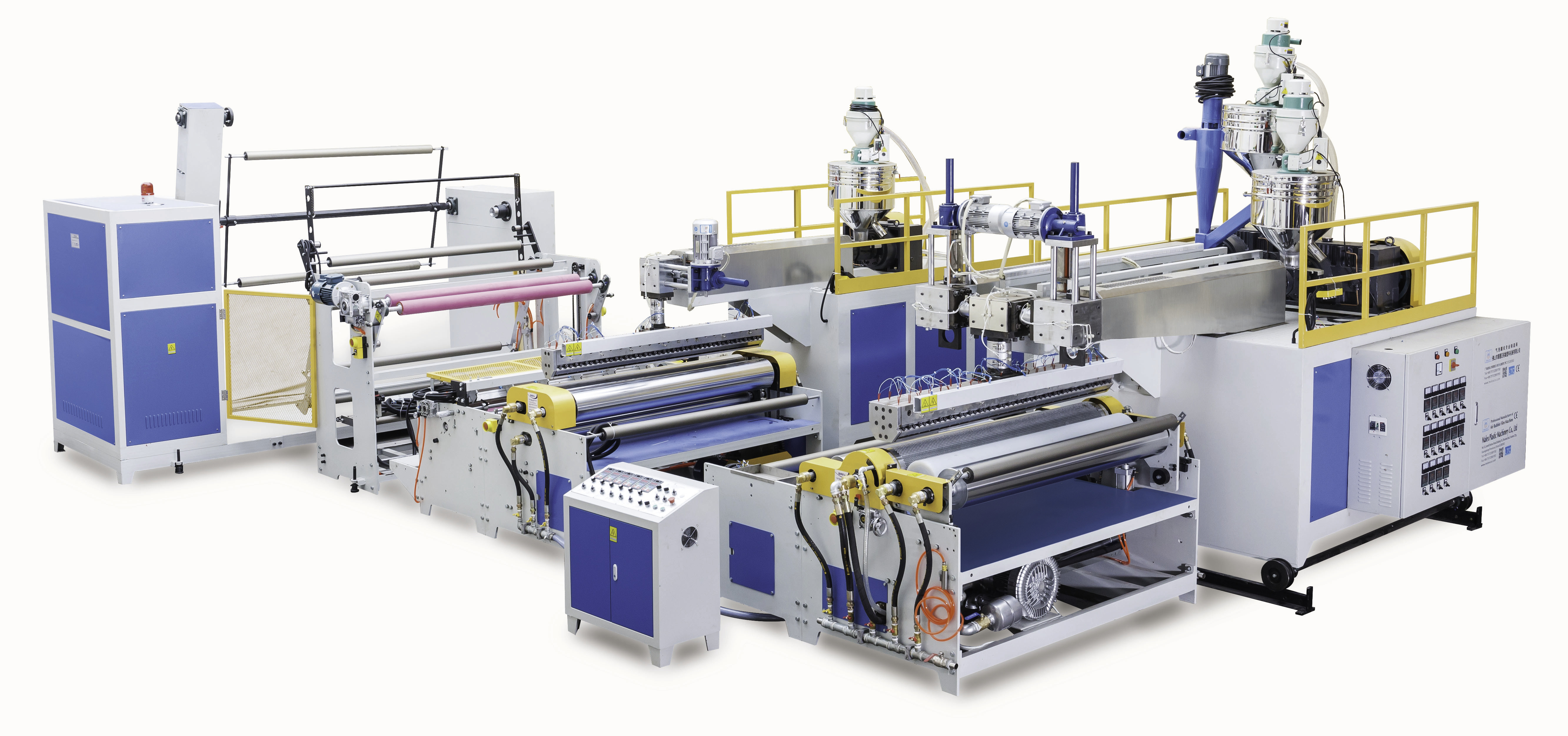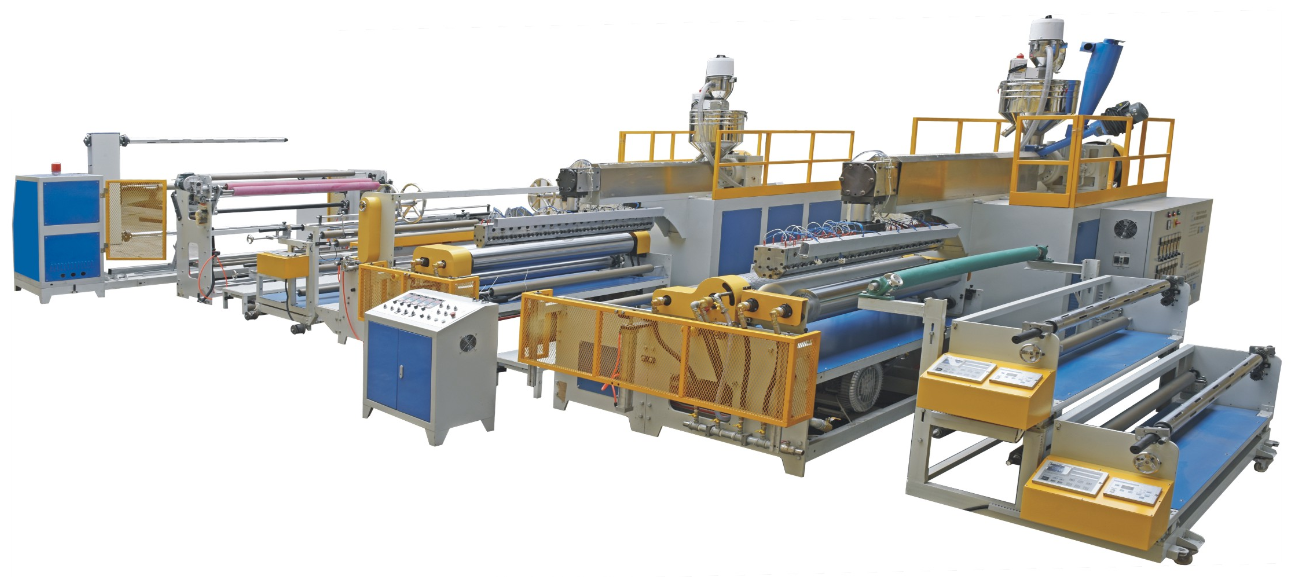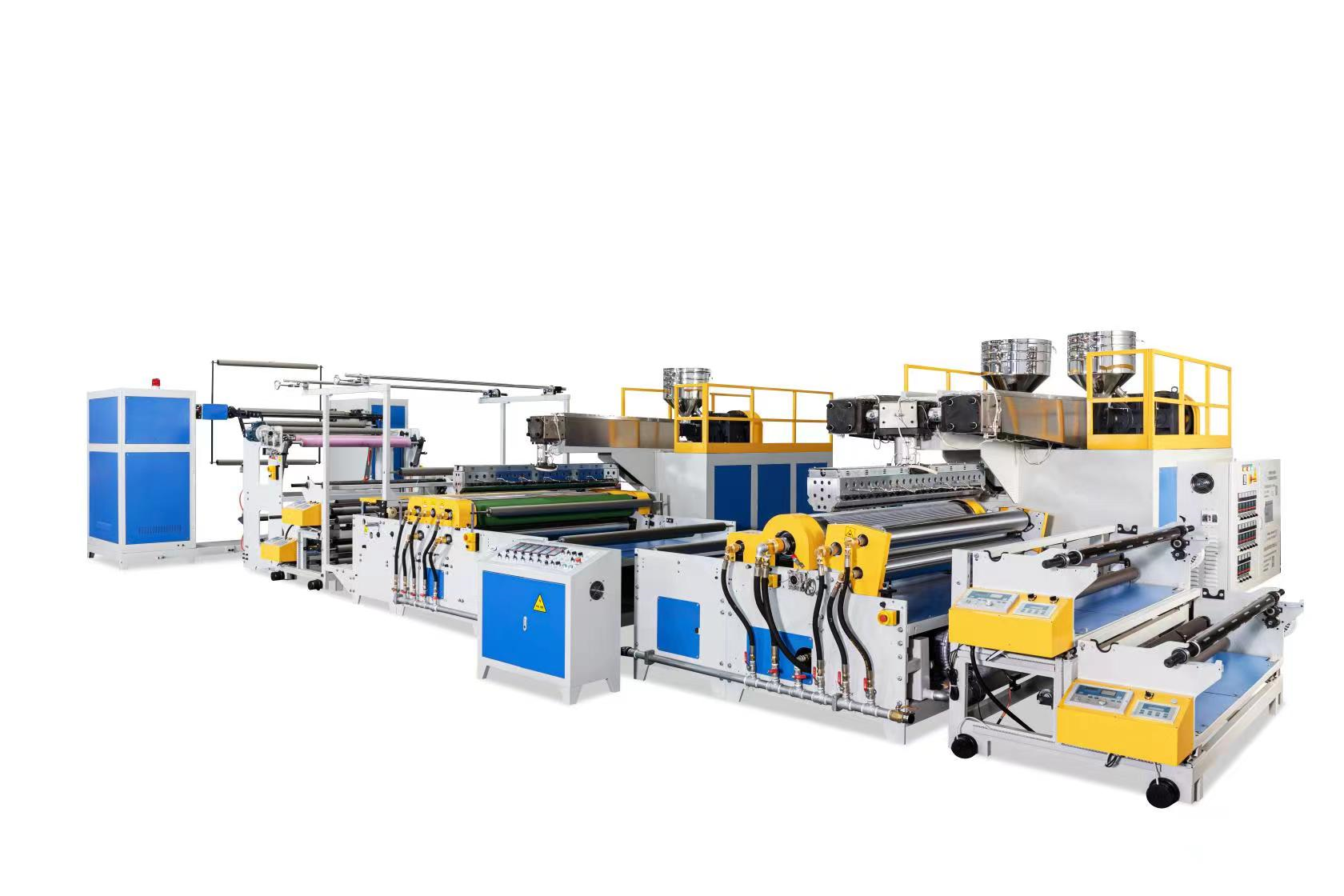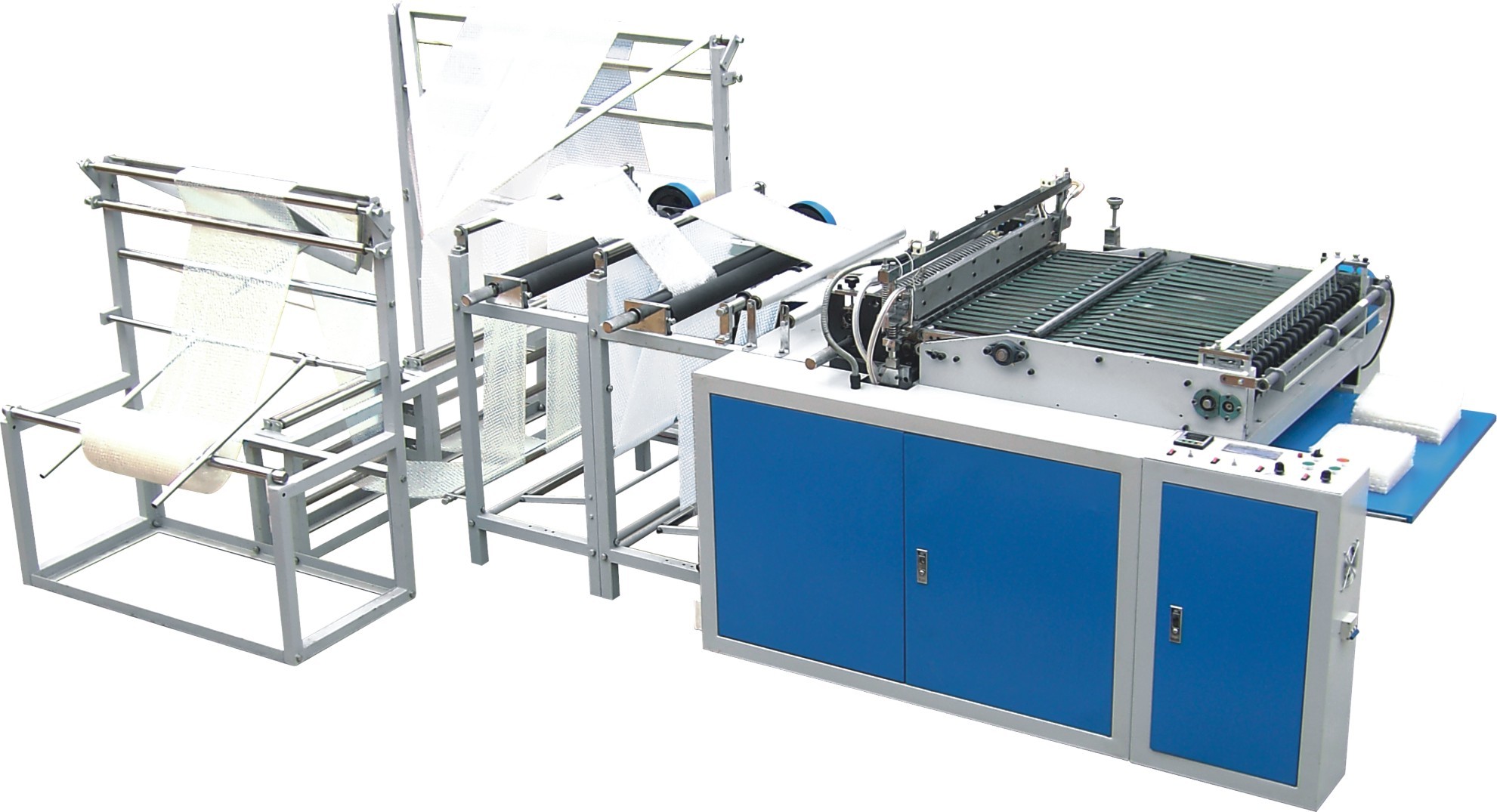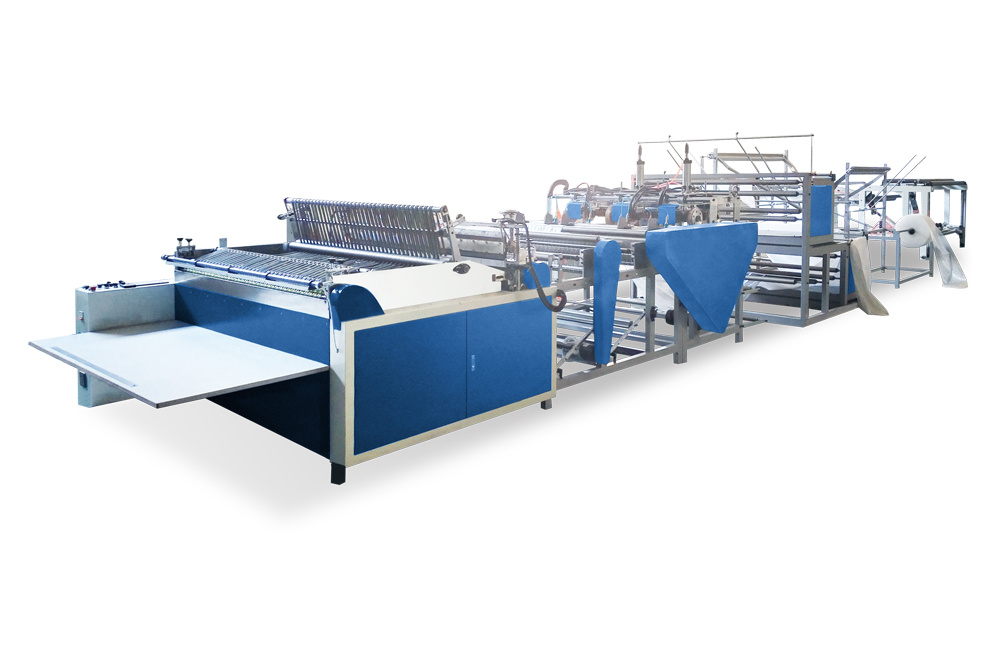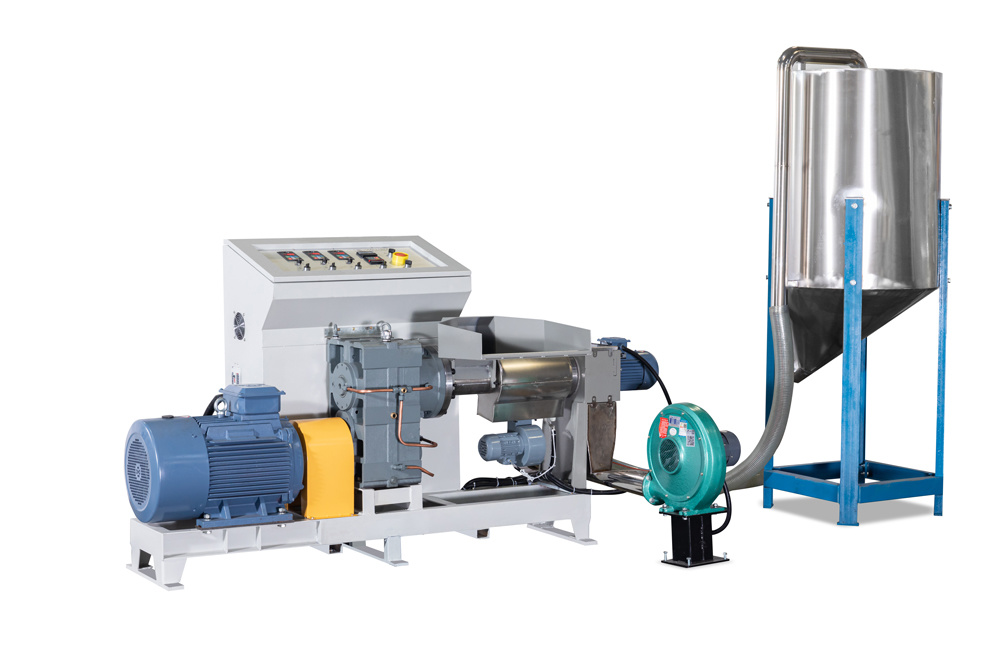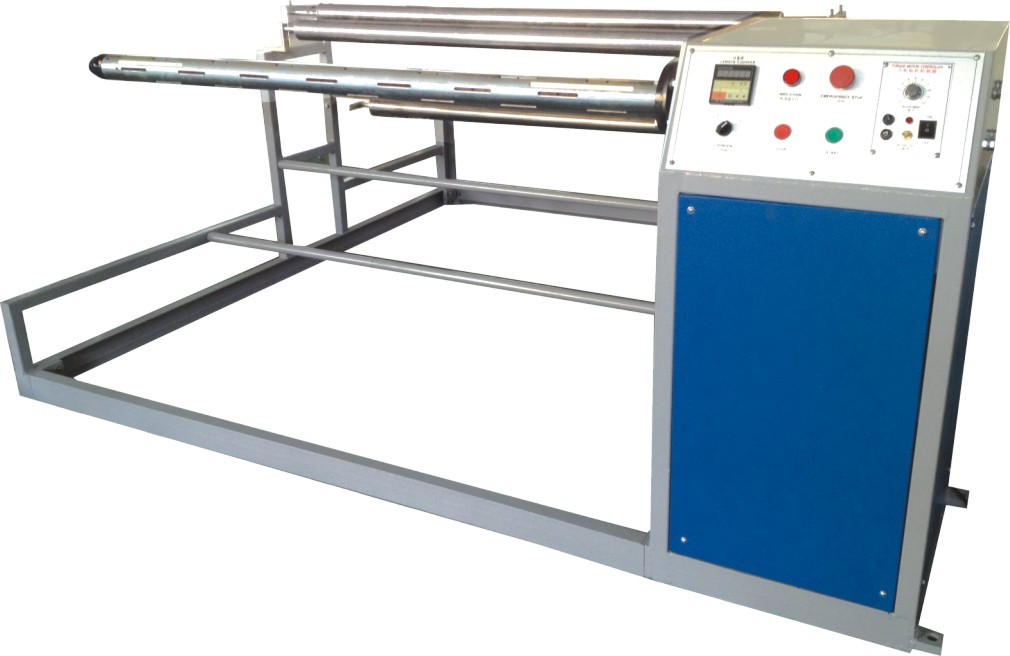Jul 27,2025
Troubleshooting Common Issues with 3 Layer Air Bubble Film Machines: A Comprehensive Guide
Troubleshooting Common Issues with 3 Layer Air Bubble Film Machines
Table of Contents
- 1. Introduction to 3 Layer Air Bubble Film Machines
- 2. Common Issues Faced by 3 Layer Air Bubble Film Machines
- 3. Preventative Maintenance to Avoid Common Problems
- 4. Troubleshooting Guide for Common Problems
- 4.1 Film Jamming in 3 Layer Air Bubble Film Machines
- 4.2 Bubbles Not Forming Properly
- 4.3 Uneven Film Thickness
- 4.4 Excessive Machine Vibrations
- 4.5 Power Supply Problems
- 5. Expert Tips for Optimal Performance
- 6. Frequently Asked Questions (FAQs)
- 7. Conclusion
1. Introduction to 3 Layer Air Bubble Film Machines
The **3 layer air bubble film machine** is a vital piece of equipment in the packaging industry, primarily used for producing protective bubble wrap. These machines create film with air-filled bubbles, providing cushioning and protection for various products during transit. While they are robust and designed for high-volume production, they are not immune to issues that can affect their efficiency and output.
Understanding how to troubleshoot common problems effectively can save valuable time and resources. In this article, we delve into the frequent challenges faced by users and provide comprehensive solutions.
2. Common Issues Faced by 3 Layer Air Bubble Film Machines
Operating a 3 layer air bubble film machine can sometimes present challenges. Here are some of the common issues that operators may encounter:
- **Film Jamming**: A frequent occurrence in packaging operations, film jamming can halt production lines and frustrate operators.
- **Bubbles Not Forming Properly**: Inconsistent bubble formation can compromise the protective quality of the film.
- **Uneven Film Thickness**: This can lead to weak points in the film, making it unsuitable for protective packaging.
- **Excessive Machine Vibrations**: This can not only affect the machine's performance but may also pose safety risks.
- **Power Supply Problems**: Interruptions in power supply can lead to operational downtime and machinery malfunctions.
By being aware of these issues, operators can swiftly act to minimize disruptions.
3. Preventative Maintenance to Avoid Common Problems
Preventative maintenance is key in ensuring the longevity and efficiency of 3 layer air bubble film machines. Regular checks and maintenance routines can prevent many common issues. Here are some essential practices:
- **Routine Inspections**: Regularly inspect all components for wear and tear. Look for any signs of damage, particularly in the film feed and sealing sections.
- **Lubrication**: Ensure that all moving parts are adequately lubricated to reduce friction and wear.
- **Calibration**: Regularly calibrate the machine settings according to the manufacturer's specifications. This includes film tension and temperature settings for the heating elements.
- **Cleanliness**: Keep the machine clean to avoid any debris that could interfere with operation. Dust and residue can lead to film jamming and uneven production.
- **Training**: Ensure that all operators are trained in the proper use and maintenance of the machine to prevent user error.
A proactive maintenance approach can significantly reduce the likelihood of unexpected breakdowns.
4. Troubleshooting Guide for Common Problems
When problems arise, having a structured troubleshooting guide is invaluable. Below are detailed steps to resolve the common issues identified earlier.
4.1 Film Jamming in 3 Layer Air Bubble Film Machines
**Cause**: Film jams can occur due to misalignment, debris buildup, or incorrect tension settings.
**Solution**:
1. **Stop the Machine**: Immediately halt operations to prevent further damage.
2. **Check Alignment**: Ensure that the film roll is properly aligned with the guides.
3. **Clear Debris**: Remove any foreign objects or buildup in the feed path.
4. **Adjust Tension**: Review and adjust the tension settings according to the machine's specifications.
5. **Test Run**: Restart the machine and observe if the issue persists.
4.2 Bubbles Not Forming Properly
**Cause**: Inadequate heating or incorrect temperature settings can lead to improper bubble formation.
**Solution**:
1. **Check Temperature Settings**: Review the heating elements’ temperature and ensure they are set to the recommended levels.
2. **Inspect Heating Elements**: Examine the heating elements for any signs of damage or malfunction.
3. **Adjust Cooling Rate**: If the cooling rate is too fast, it may affect bubble formation. Adjust the cooling settings as necessary.
4. **Conduct a Test Run**: After making adjustments, run a test to ensure that bubbles are forming correctly.
4.3 Uneven Film Thickness
**Cause**: Uneven thickness can stem from inconsistent material feed or improper heating.
**Solution**:
1. **Inspect Material Feed**: Check for any obstructions in the feed path that may cause uneven feeding.
2. **Review Heating Settings**: Ensure that the heating elements are uniformly distributing heat across the film.
3. **Adjust Machine Speed**: Sometimes, adjusting the machine speed can help stabilize film thickness during production.
4. **Monitor Output**: After adjustments, continuously monitor the output for consistency.
4.4 Excessive Machine Vibrations
**Cause**: Loose components or misalignment can cause excessive vibrations.
**Solution**:
1. **Tighten Components**: Inspect all bolts and screws, tightening any that are loose.
2. **Check for Misalignment**: Ensure that all parts of the machine are properly aligned.
3. **Add Dampening Supports**: If vibrations persist, consider adding dampening supports or mats to stabilize the machine.
4. **Run Diagnostics**: Perform any built-in diagnostic tests to identify underlying issues.
4.5 Power Supply Problems
**Cause**: Fluctuations in power supply can lead to machine downtime and malfunction.
**Solution**:
1. **Inspect Power Connections**: Check all power connections for firmness and signs of wear.
2. **Use a Voltage Stabilizer**: If power fluctuations are frequent, consider investing in a voltage stabilizer.
3. **Review Circuit Breakers**: Ensure that circuit breakers are functioning correctly and reset any that may have tripped.
4. **Consult an Electrician**: If electrical issues persist, consult a qualified electrician for a thorough examination.
5. Expert Tips for Optimal Performance
To ensure your 3 layer air bubble film machine operates at its best, consider these expert tips:
- **Regular Training**: Provide ongoing training for all operators to keep them updated on best handling practices.
- **Leverage Technology**: Integrate monitoring systems that can alert you to potential issues before they escalate.
- **Record Keeping**: Maintain a log of maintenance and issues encountered for better tracking and analysis.
- **Supplier Collaboration**: Foster a good relationship with your machine supplier for quick access to replacement parts and expertise when needed.
6. Frequently Asked Questions (FAQs)
1. What is a 3 layer air bubble film machine?
A 3 layer air bubble film machine is used to produce bubble wrap, which provides cushioning and protection for products during shipping. It creates a film with air-filled bubbles for enhanced durability.
2. How do I know if my machine is not operating efficiently?
Signs of inefficiency include increased film jams, uneven film thickness, excessive vibrations, and inconsistent bubble formation.
3. How often should I perform maintenance on my machine?
Regular maintenance should be conducted based on usage, but a general guideline is to perform checks and maintenance monthly or quarterly.
4. Can I troubleshoot these issues myself?
Yes, many common problems can be resolved with basic troubleshooting steps. However, for complex issues, consulting a professional is recommended.
5. What type of materials can I use with my 3 layer air bubble film machine?
Typically, polyethylene is used to create bubble film, but it's essential to check your machine specifications to ensure compatibility with various materials.
7. Conclusion
Troubleshooting common issues with 3 layer air bubble film machines is essential for maintaining productivity and efficiency in packaging operations. By understanding the root causes of these problems and implementing effective solutions, operators can minimize downtime and ensure consistent quality in their output. Adopting preventative maintenance practices and keeping informed about machine performance will further enhance the operational lifespan of your machinery. By following this comprehensive guide, manufacturers can tackle issues head-on and optimize their production processes, making for a more streamlined packaging operation.
Related News



